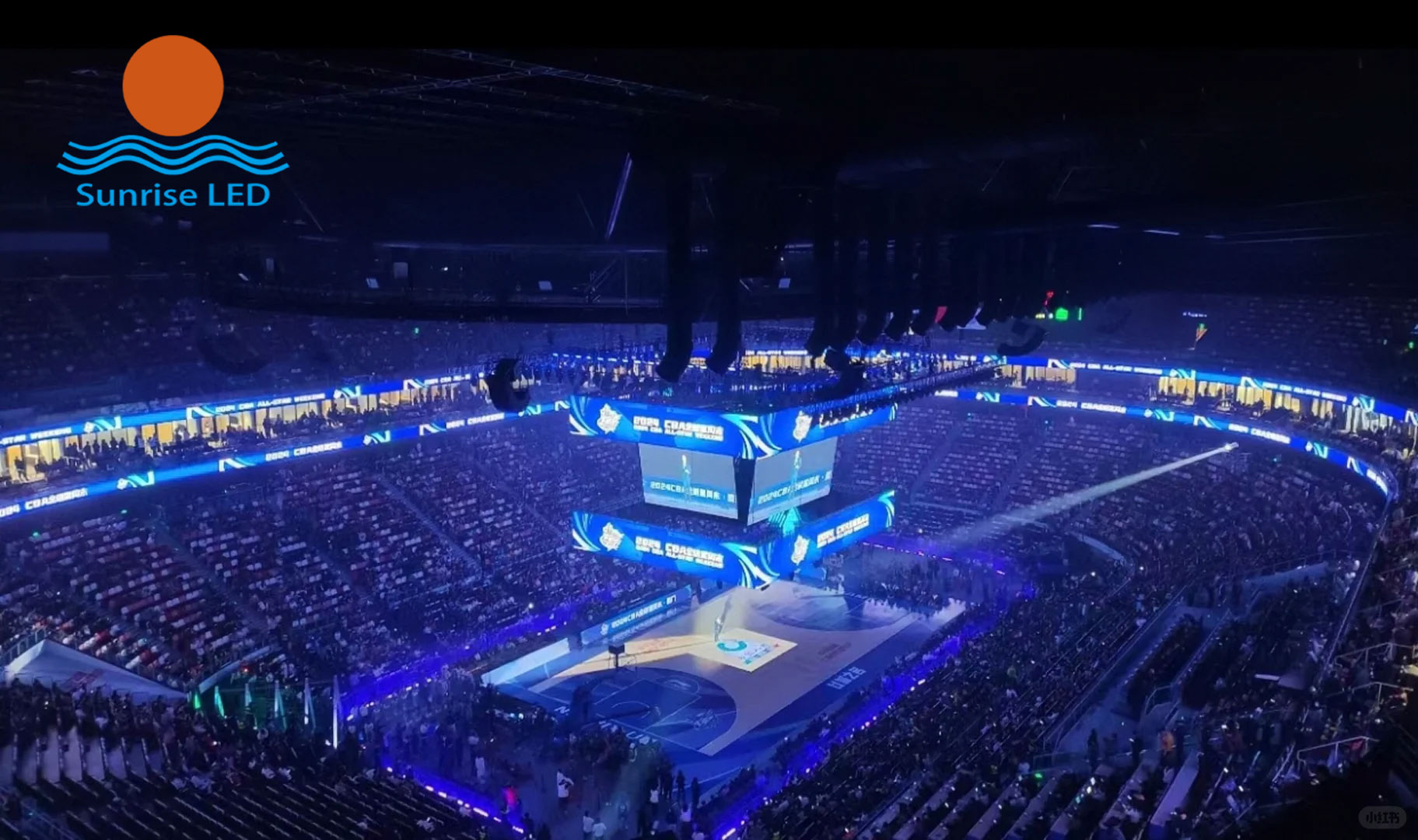512 views admin 2024-04-07


 7. Safety: The safety of the display screen is also a factor that cannot be ignored, including electrical safety, fire safety and so on. The display should use flame retardant materials, and have smoke sensing, lightning protection, automatic fire alarm and automatic screen off functions to ensure that timely measures can be taken in emergency situations to ensure the safety of personnel and equipment
7. Safety: The safety of the display screen is also a factor that cannot be ignored, including electrical safety, fire safety and so on. The display should use flame retardant materials, and have smoke sensing, lightning protection, automatic fire alarm and automatic screen off functions to ensure that timely measures can be taken in emergency situations to ensure the safety of personnel and equipment

At present, the naked eye 3D large screen market is hot, and 3D technology is also known as 3D di...
Sunrise’s p2.604 curved LED display lights up under the Eiffel Tower Sunri...
Concert activities are popular in the United States, and sunrise’s products have been wide...
Sunrise 264 square meters Galaxy 3115 series mesh led facade in Armenia Sun...
Doris, as a new salesman, won three orders in two months. It’s great. Jack, the bu...
640w and 800W full spectrum led grow light It can be folded for convenient transportatio...
The latest project, Saudi Arabia LED MESH FACADE. Ultra-high brightness, ultra-light LED display ...